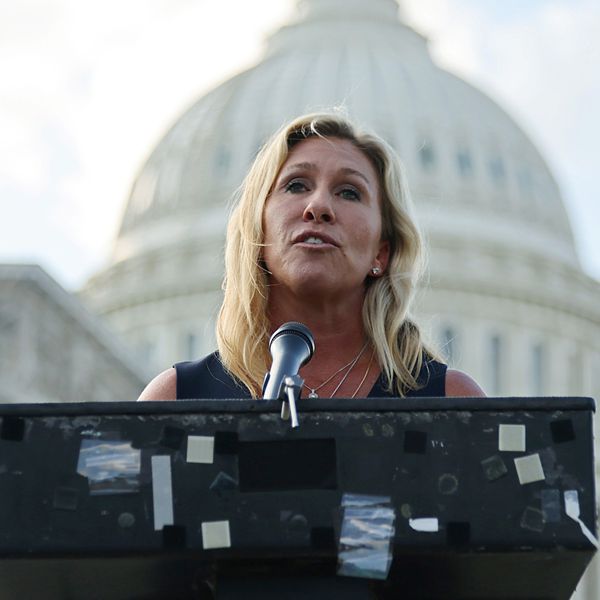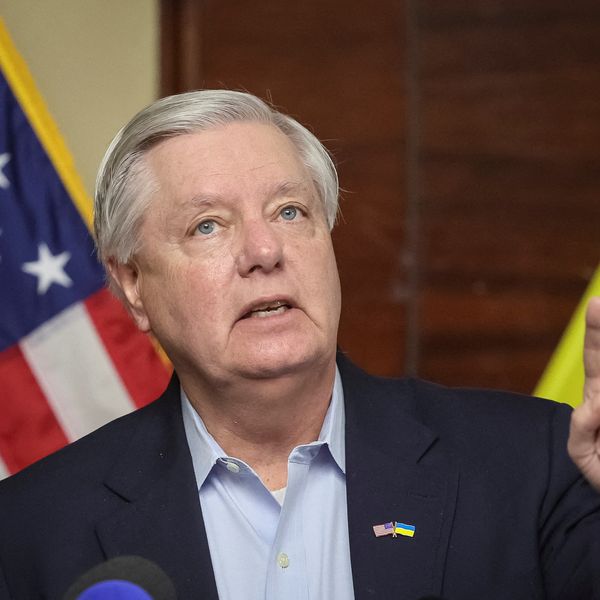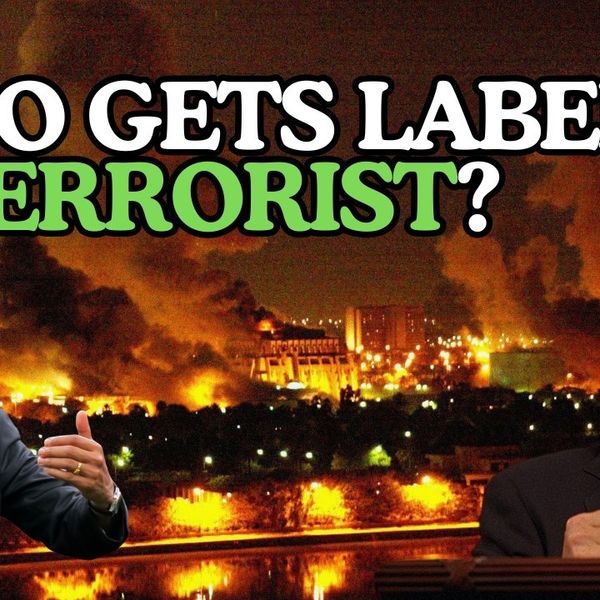The 10,000 troops deployed by the Trump administration have begun arriving at America’s southern border.
Despite border crossings dropping, President Trump is continuing with his plan to militarize the U.S. border with Mexico. However, the soldiers will not be arresting illegal crossers but are instead focused on providing support and additional eyes and ears for the Border Patrol agents who are already on the ground.
We will not be actively on patrols," said Maj. Jaren Stafani at a press conference. "We'll be at detection and monitoring sites to provide that information to [the] Border Patrol to then go out and do their law enforcement function." Stefani is leading the Big Bend deployment area. This policy is consistent with the Posse Comitatus Act, which is meant to stop the military from participating in civilian law enforcement, with a few exceptions.
Regardless of this, some locals still feel as though their communities are being militarized. Local resident of Presidio, Texas, Anibal Galindo says, “I feel like they're basically turning this place into a military zone, or a wanna-be conflict zone when in reality it isn't.”
Indeed, the military is placing equipment at the border often seen in conflicts overseas, including Stryker vehicles and Navy destroyers. Additionally, the CIA has ramped up drone flights in Mexico, something that began under the Biden administration. The drones are not on mission to kill any fentanyl dealers but to provide information to the Mexican government.
While tensions may rise between the Mexican and American governments over this militarization, some experts worry that the real problem may exist in how the United States handles its fight against the Cartels.
The Trump administration slapped several major cartels with a “Foreign Terrorist Organization” designation earlier this year, granting the federal government broad law enforcement and immigration authorities against them.
“By designating drug cartels as FTOs, the Trump administration unlocks new powers for itself, creates a new media narrative that could fool many, and reinforces the rest of its anti-immigration and border enforcement agenda,” comments Alex Nowrasteh, Vice President for Economic and Social Policy Studies at the Cato Institute. According to Nowrasteh, this designation will enable the president to economically punish Latin American states that do not adequately cooperate with Trump’s immigration plan and push his narrative that America is being invaded through its southern border.
Congressman Dan Crenshaw (R-Texas) has supported the United States sending weapons of war into Mexico. “We need to somehow figure out diplomatically how to make this Mexico’s idea. That they’re asking for our military support, such as close air support, such as an AC-130 gunship overhead while they’re prosecuting a target and surrounded by sicarios… If I was in that situation as a Navy SEAL, we would just call in close air support, all those guys would be gone, and we’d move along our merry way.”
Cato’s Justin Logan has explained the faulty reasoning behind this policy. He explains that “despite seeing its homicide rate more than triple in less than two decades, Mexico is still nowhere near Colombia’s levels of violence during the Narcos era of the late 1980s and early 1990s, when the country reached the alarming rate of 85 homicides per 100,000 inhabitants. Comparing Mexico’s violence in 2023 to that of Colombia in 1993 borders on the preposterous.”
When the Mexican government militarized its anti-Cartel effort in the mid-2000s, homicide rates there tripled.
For now, locals like Anibal Galindo must ready themselves for what comes next as the Trump Administration sends thousands of troops to border towns.- Trump's Latin American sticks could end up stuck in his spokes ›
- The absolute wrong way to deploy US military on the border ›















